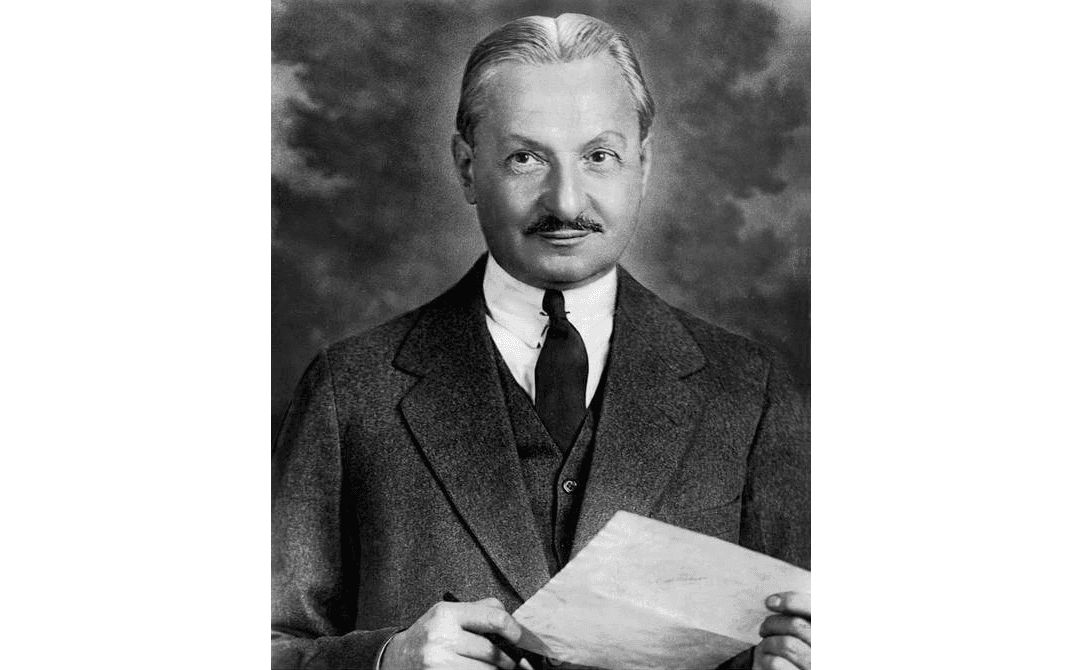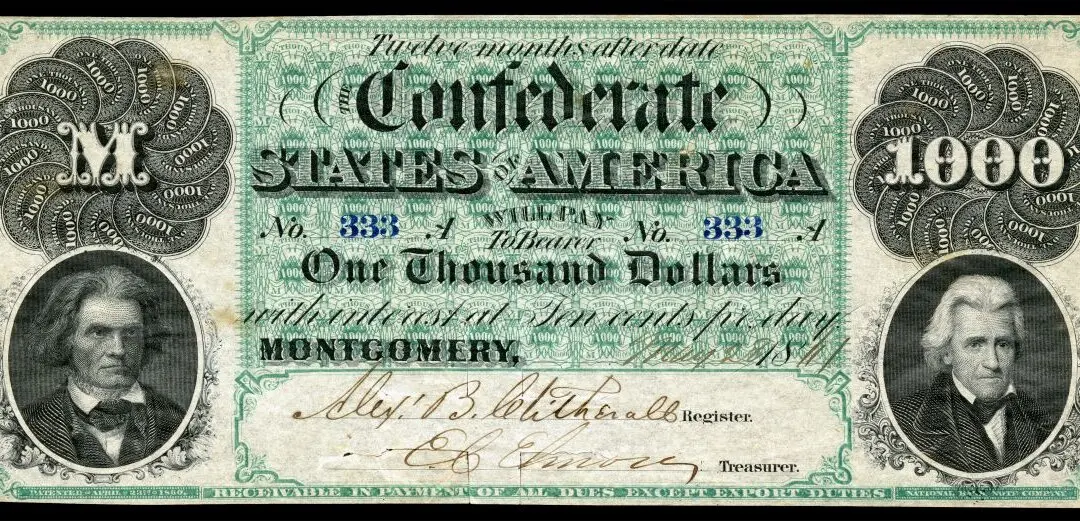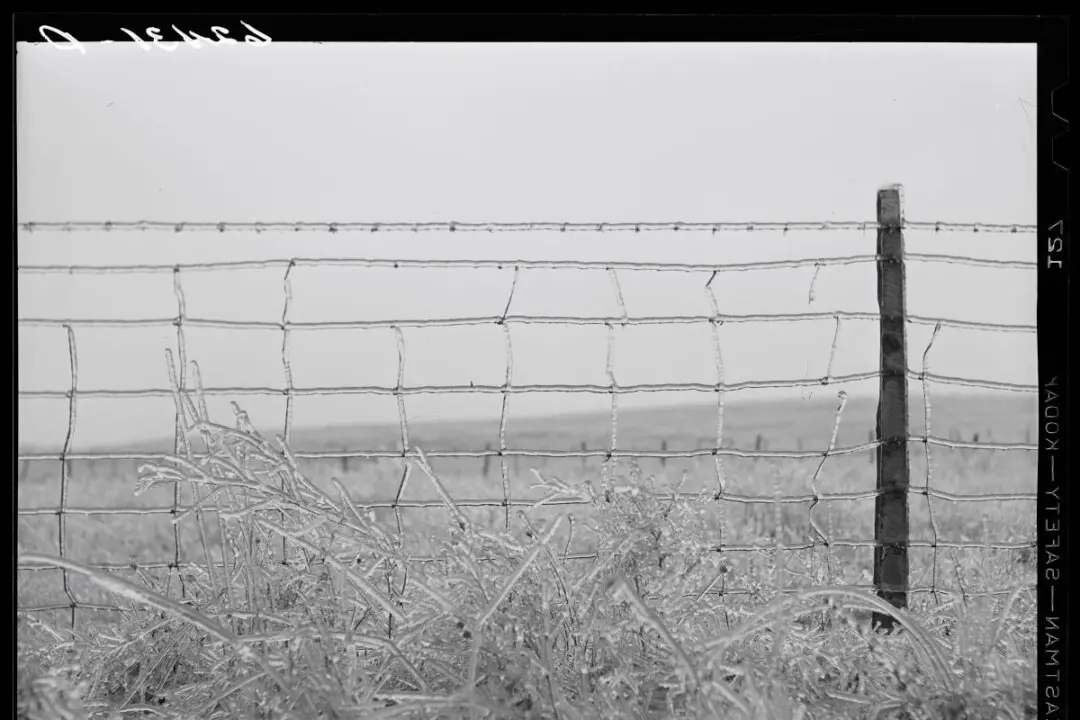An alarm bell rang around midnight on May 21, 1866. The Academy of Music had caught fire. New York firefighters rushed to the scene in an attempt to put out the blaze, but 15 minutes after the first alarm bell rang, the Academy was a lost cause. The firemen scrambled to keep the fire from spreading, but that proved to be a lost cause as well, as adjacent buildings—the University Medical College, the Ihne & Son pianoforte factory, the Dutch Reformed Church, St. James Lutheran Church, and various other buildings—burned.
Two firemen died from the conflagration. Financially, J. Grau, the manager of the Academy of Music, suffered the most. Along with the music house, Grau lost the company’s “wardrobe … [which was] contained in 48 large boxes.” Altogether, it was a loss of about $100,000 (nearly $2 million today). Grau, however, was stoic in response to the fire: “With patience and perseverance, I trust to be able to surmount this misfortune … and purchase a new and splendid wardrobe for my next season.”






